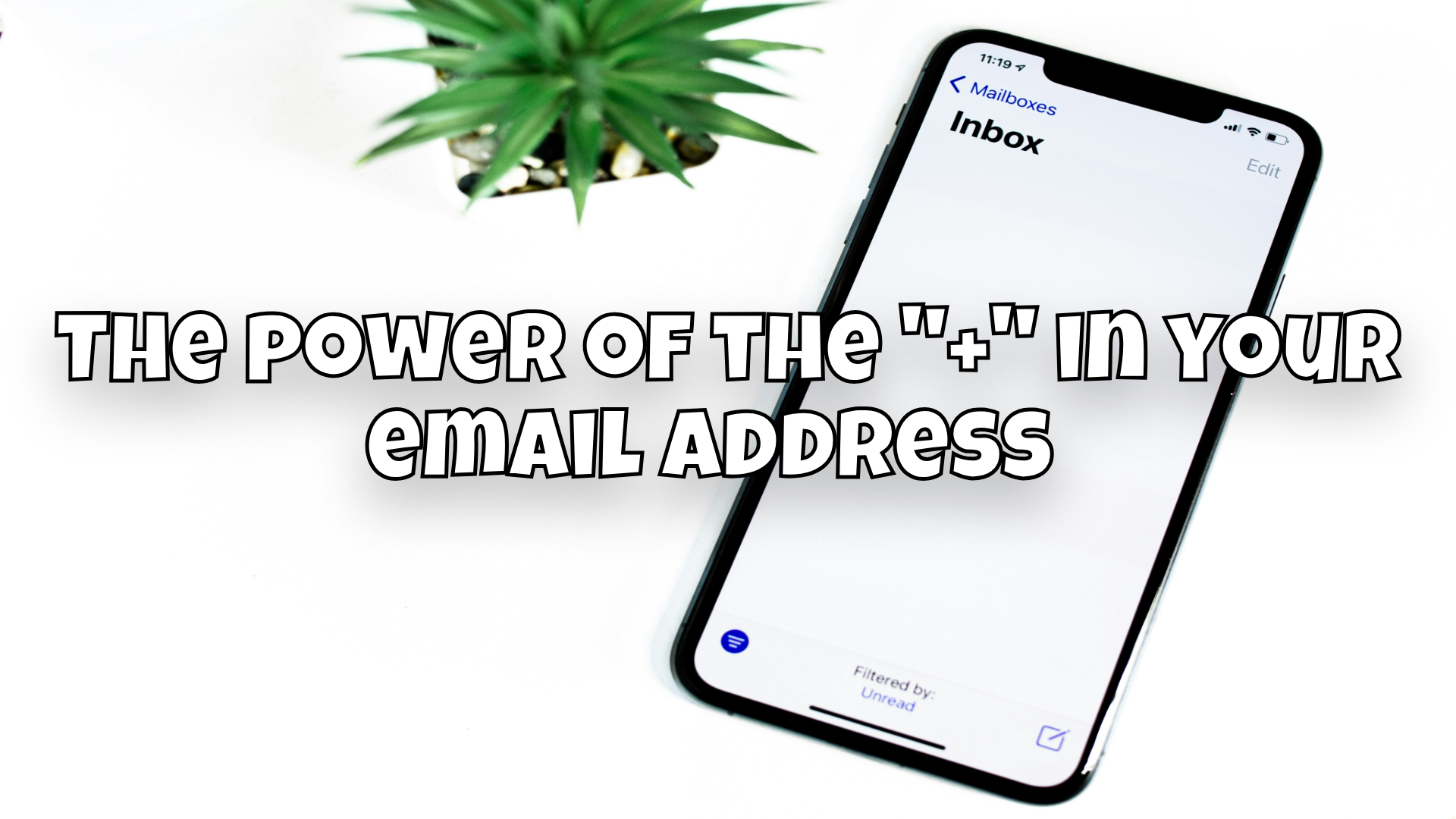The power of the "+" in your email address ✉️
Discover how you can track and organize spam with a simple "+" in your email address! ✉️

Managing emails can be a challenge, especially when you're trying to keep track of different sign-ups, newsletters or other online services. You often end up creating a new email address for each service to keep track or avoid spam. There is a much simpler method that can help you: Using the "+" in your existing email address. In this article, you will learn how this technique works and why it is so effective.
The "+" in email addresses ➕
Many people do not know that you can add a "+" to your address in most email services without this affecting the receipt of messages. Example:
Suppose your email address is [email protected]. You can extend it like this:
All emails sent to these addresses will end up in your regular inbox at [email protected]. The text after the "+" is ignored by most email systems so that the emails are delivered correctly. This technique is called "plus addressing" or "subaddressing".
Why is the "+" ignored? 🤔
The fact that the part of the email address after the "+" is ignored is due to the email standards defined by the Internet Engineering Task Force (IETF). More specifically, this option is based on RFC 5233, which describes how email servers should handle sub-addresses. According to this RFC, email servers should ignore everything after the "+" up to the "@" and deliver the email to the base address.
The basic idea behind this is that users should be able to better organize and filter emails without this causing additional work on the mail servers. This feature is available with most major email providers such as Gmail, Yahoo and Outlook.

Advantages of plus addressing ✅
Plus addressing offers you numerous advantages:
Better organization of your inbox 🪄
You can filter emails directly into different folders based on the addition after the "+". For example, you can move all emails sent to [email protected] directly to a shopping folder.

Traceability of spam 🔎
If you sign up for an online service and later receive spam, you can trace exactly where this spam comes from. For example, [email protected] could show that this service has passed on your email address.

Avoid sharing 🔒
By using a specific sub-address, you can prevent your main address from ending up in the hands of data brokers. You can even decide to deactivate certain addresses or move them directly to the spam folder.
No creating new email addresses ♥️
With plus addressing, you no longer need to create a separate email address for each new service. You keep all registrations centrally in one inbox and can still easily distinguish between them.
What you should consider ☝🏼
Although plus addressing is very useful, there are a few things you should consider:
Not all services accept plus addresses
Some online services deliberately block email addresses with "+" signs because they believe them to be throwaway addresses. In such cases, you may have to fall back to the regular address.
Risk of abuse 🏏
Although it is unlikely, a malicious service could detect that you are using plus addressing and use this information to disrupt your email communications. However, this risk is low and should not deter you from using plus addressing.
Conclusion 🎉
Plus addressing is a simple and effective way to better organize your email traffic and keep track of where spam messages are coming from. You can use it to increase traceability without having to go to the trouble of constantly creating new email addresses. Try it out and discover how it can make your digital life easier.
Have you tried this technique or do you have any other tips on how to organize your emails? Let us know in the comments!

